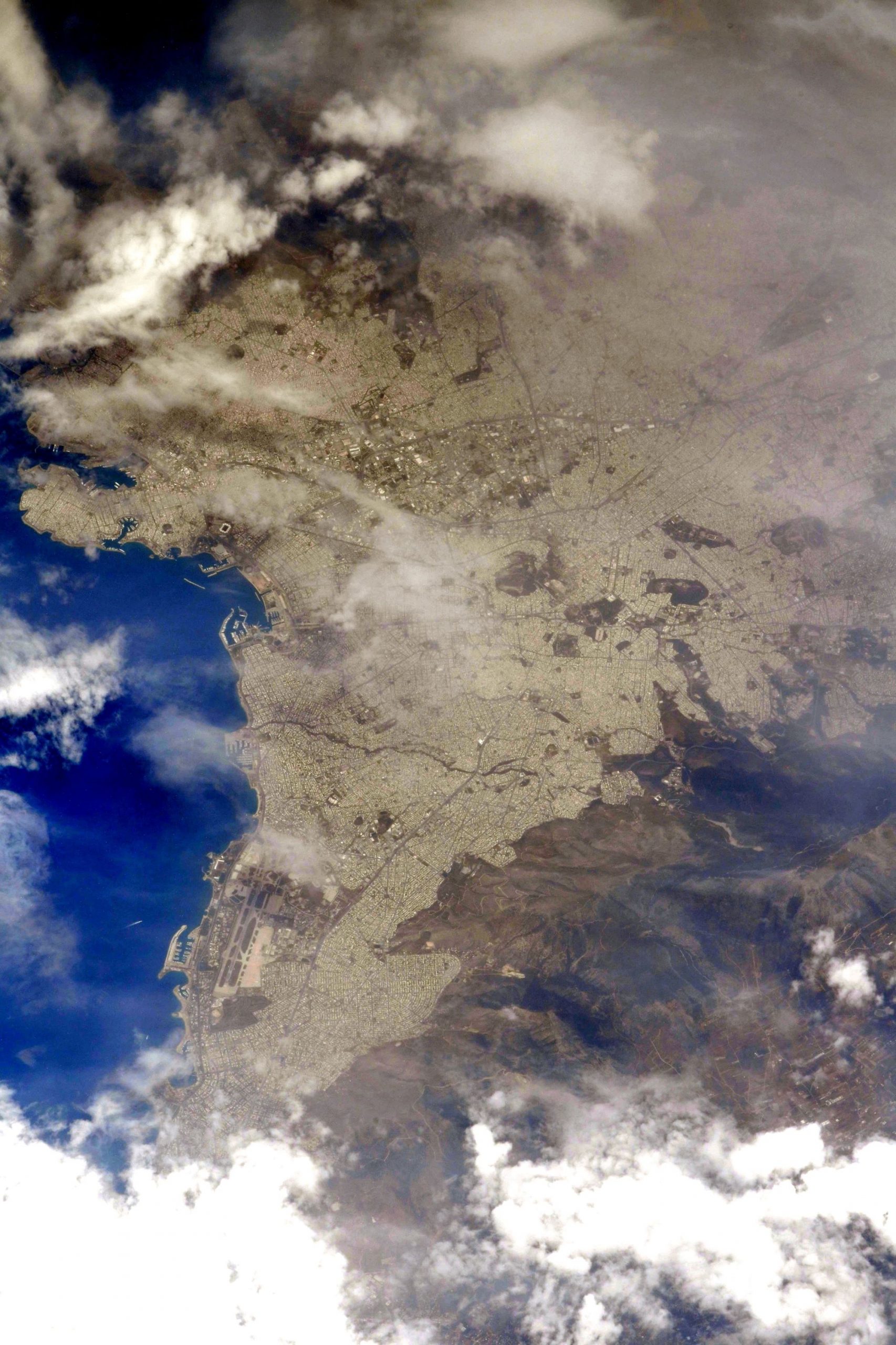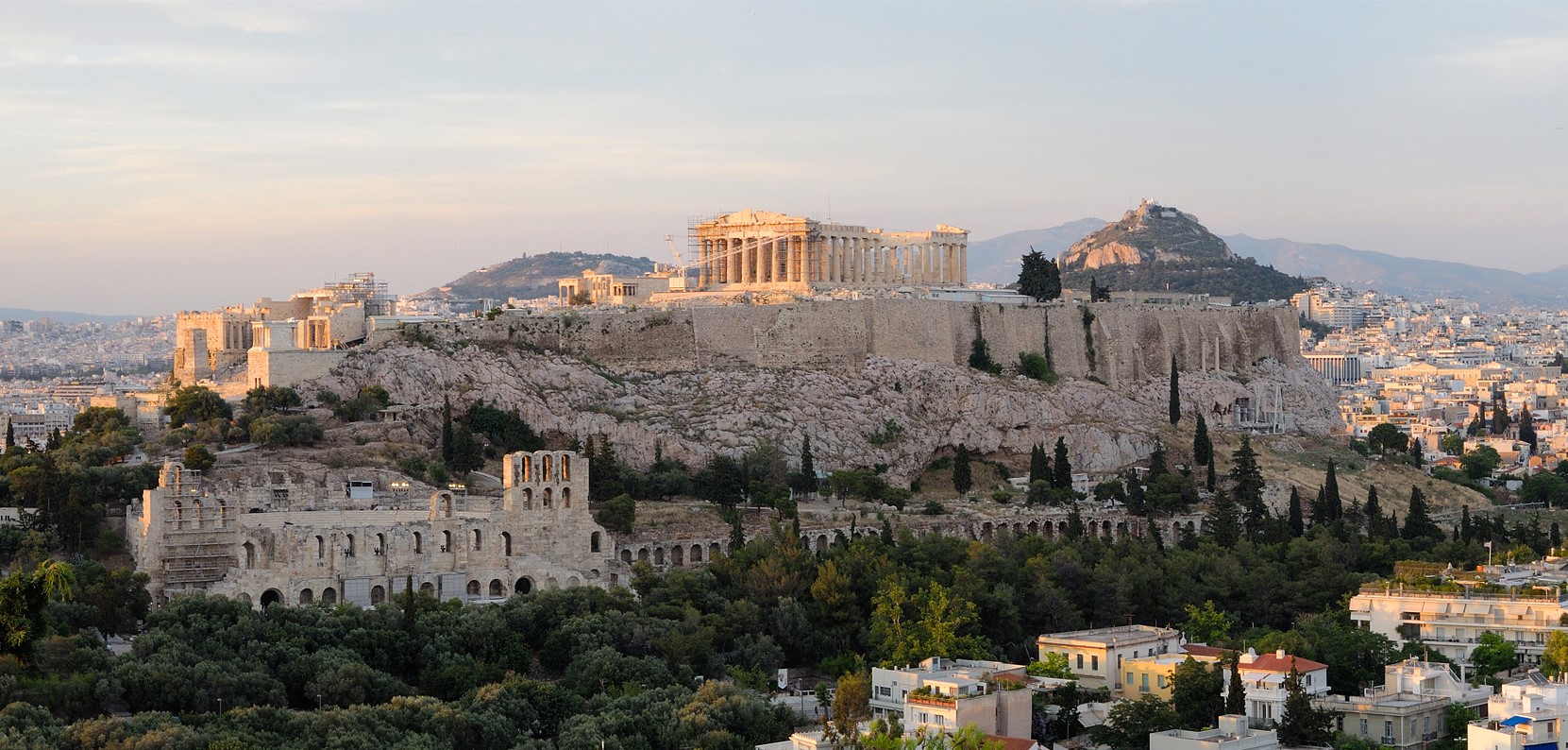[:ja]野口聡一宇宙飛行士がISSから撮影したギリシャの首都アテネです。

アテネは世界でも最も古い都市の一つで約3,400年の歴史があり、都市圏は約300万人を擁します。芸術や学問、哲学の中心で、プラトンが創建したアカデメイアやアリストテレスのリュケイオンがあり、西洋文明の揺籃や民主主義の発祥地として広く言及されており、その大部分は紀元前4-5世紀の文化的、政治的な功績により後の世紀にヨーロッパに大きな影響を与えたことは知られています。古典ギリシアの文化的遺産の中で最も有名で代表的なものにはパルテノン神殿があり、初期の西洋文明の鍵となるランドマークと見なされる場合もあります。アテネはアッティカ中央部の平野に広がり、アッティカ盆地と呼ばれ、平野の周辺部は4つの山に囲まれています。アテネの気候はケッペンの気候区分では高温ステップ気候(BSh)に当たります。従来は亜熱帯西岸気候の地中海性気候(ケッペンの気候区分ではCsa)に属していましたが、1981年-2010年の平年値ではステップ気候に変わりました。
地上の様子はこちらです。

参考文献: Soichi Noguchi’s Tweet
地球俯瞰画像を見る: LiVEARTH
[Earthview Wonders] No.1546: Athens🇬🇷
Astronaut Soichi Noguchi captured from ISS Athens, the capital of Greece.

The Athens Urban Area or Greater Athens has over 3 million population. Athens dominates the Attica region and is one of the world’s oldest cities, with its recorded history spanning over 3,400 years and its earliest human presence beginning somewhere between the 11th and 7th centuries BC. It is widely referred to as the cradle of Western civilization and the birthplace of democracy, largely because of its cultural and political impact on the European continent – particularly Ancient Rome. Athens sprawls across the central plain of Attica that is often referred to as the Athens Basin or the Attica Basin. The basin is bounded by 4 large mountains. Athens has a hot-summer Mediterranean climate (Köppen climate classification: Csa) but some coastal areas such as Piraeus in the Athens Riviera have a hot semi-arid climate (BSh).
The local scenery on the ground is as follows.

Reference: Soichi Noguchi’s Tweet
See earthview photo gallery: LiVEARTH[:]